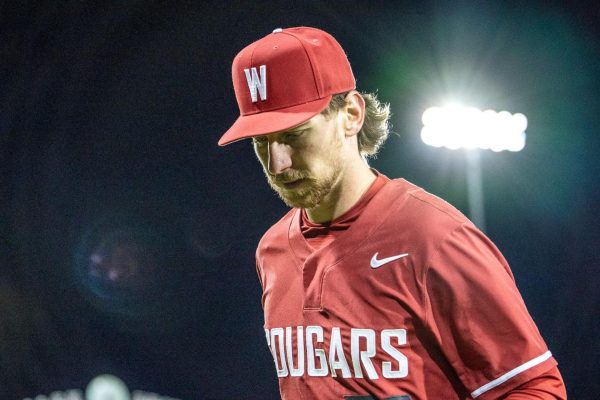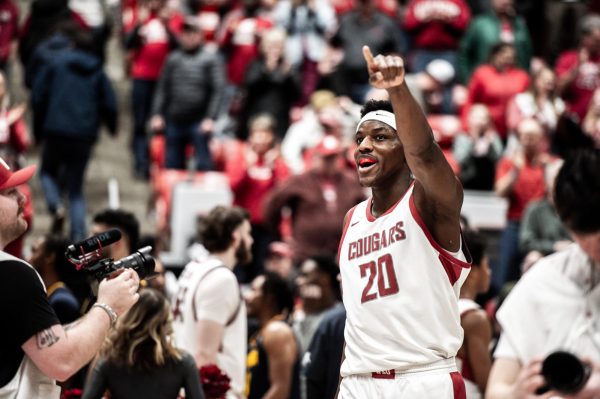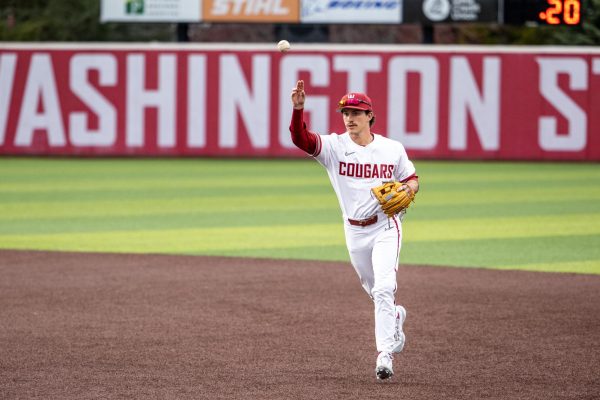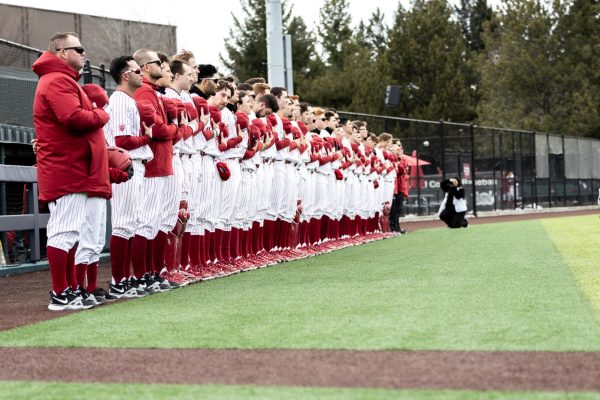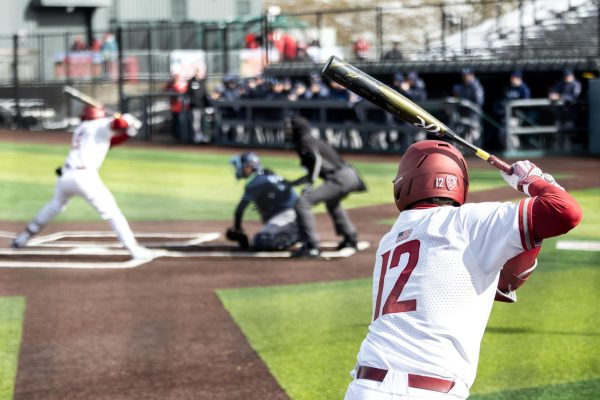Replay innovates, not irritates
April 22, 2014
The new MLB replay system has received mixed reviews since its spring 2014 inception. The new system allows managers one challenge per game, and if they are successful with their first challenge they are awarded one additional challenge.
While the system has received resistance from much of the traditional baseball fan base, the fact is the replay system is a good thing for baseball. Compared to other major sports leagues in the U.S. such as the NFL and NBA, MLB has almost always been a step behind in terms of innovation.
Baseball is a sport that clings to the past, and tradition is and will remain an important part of the game. Yet, baseball desperately needs to get younger. According to the Sports Business Journal, baseball’s average TV viewer is the oldest of the three major leagues or any professional league outside of the PGA in the U.S., with an average fan viewer age of 53 years old.
This poses a large question on the sustainability of the business aspect of baseball in the U.S. and points to a lack of innovation and lack of young and new fans being attracted to the league.
Instituting an innovative practice like the replay system helps baseball to move further into the 21st century, and more importantly it allows umpires to get the call right most of the time anyways.
Baseball managers are only allowed to challenge a call during the first through seventh innings, and in the eighth and ninth innings all reviews must come from the umpires, much like the NFL standard that coaches cannot issue a challenge after the 2-minute warning.
Reviewable MLB plays include everything from homeruns, force plays at any base, tag-out plays at any base, catch/trap calls in the outfield, fan interference plays, and several more situations that often can be a difficult call to judge in the moment. Strikes and balls are not reviewable under the replay system, and understandably so considering even the TV strike or ball monitor is not always accurate.
There have been flaws in the system so far, evidenced Saturday by the New York Yankees and Boston Red Sox game. Yankees’ middle infielder Dean Anna slid safely into second with a double. Then as he stood up he removed his foot from the base for just a moment while Boston shortstop Xander Bogaerts was still applying the tag to Anna.
Red Sox manager John Farrell challenged the play, and after it looked pretty obvious that Anna should be called out, the umpires upheld the ruling and called Anna safe, saying there was not conclusive evidence to overturn the call. The following night another close call was made at first base, a much closer call than the Anna play, and went in favor of the Yankees, which prompted Farrell to land an ejection as he argued the call further after the review.
These flaws need to be attended to quickly in an attempt to curb dissent and promote positivity toward the system. While there have been flaws there have also been examples of the replay system working effectively.
Last week during the Mariners and Angels game there was a play in which it appeared outfielder Josh Hamilton caught a pop fly from Corey Hart, recorded the out, and then dropped the ball when transferring from glove to hand. After the play was reviewed, it was clear from an angle behind Hamilton that the ball entered his glove and continued to roll right out the back of his glove, meaning that he did not gain full possession.
As stated by MLB: “An example of a catch that would not count is if a fielder loses possession of the ball during the transfer before the ball was secured by his throwing hand.”
In turn, Hart was ruled safe and Hamilton was charged with an error.
This was a very close play, but in the end the umpires got it right, and the system worked correctly.
With the adoption of any large-scale new practice or product in nearly any industry there will always be hiccups in the road. It takes time to get things right, especially when it is something that has never been done before within a given industry. Fans need to be patient with the MLB in fixing the system’s flaws, and in time the replay system will prove to be positive for baseball.









